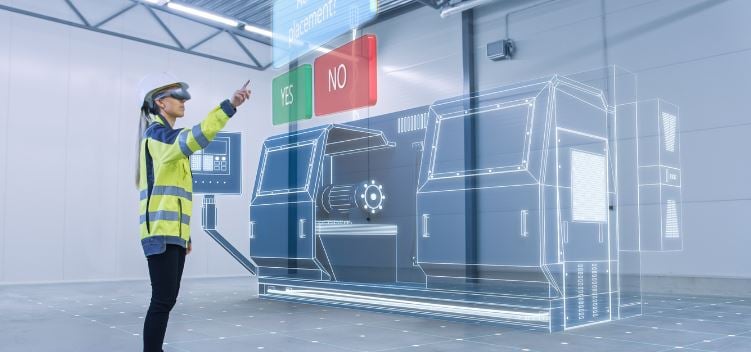Achieving Real-Time Performance with Embedded Control Systems
Maintaining deterministic real-time performance is critical for applications ranging from industrial robotics to medical devices. Embedded real-time control systems provide the computational horsepower and specialized technologies to ensure reliable, high-speed operation.
Embedded real-time control technologies are crucial enablers for the smart, autonomous, and high-performance products in demand today and into the future. By leveraging deep expertise in areas like embedded real-time architectures, sensor integration, control theory, and model-based design, companies can their next real-time product vision a reality.
We explore some of the key technologies and architectures along with example use cases below. Continue Reading
What are Embedded Systems?
In its simplest form, an embedded system is a computing system, built of a processor, memory, and input/output devices, with a dedicated function inside of a larger device or system.
Embedded Systems is one of Boston Engineering’s Centers of Excellence. Visit our website for insights into:
- Why a company uses an Embedded System
- Where Embedded Systems are Employed
- Boston Engineering Embedded System capabilities
Select the correct Processing Element for your Embedded System and create lasting impact today!
Review the Key Steps for Selecting a Processing Element through reading the "Selecting a Processing Element for Your Embedded System" white paper. For a copy of the the complete publication, visit the Selecting a Processing Element for Your Embedded System download page today!
Key embedded real-time control technologies and architectures along with example use cases include:
Microcontroller/Microprocessor Based Control - For many real-time applications, utilizing dedicated microcontroller units (MCUs) or microprocessor chips provides an optimized embedded computing solution. Chip vendors like NXP, Microchip, TI, and others offer families of real-time MCUs and heterogeneous processors with architecture features tailored for control.- Example: An automated Hospital Logistics system using autonomous robotic carts to transport materials. The cart's motor control, sensor interfacing, navigation and fleet management is coordinated by distributed ARM microprocessors with hard real-time performance.
- Example: Vision-guided semiconductor manufacturing robots use FPGA-based control for semiconductor manufacturing robots to process high-definition video at multi-gigapixel per second rates to enable real-time defect detection and precision part alignment.
- Example: A surgical robot with multiple sensor interfaces (vision, haptics, kinematics) and multiple control loops for instrument positioning and master/slave workflow control runs an RTOS to manage and synchronize independent tasks with deterministic timing.
- Example: An HVAC optimization system integrates embedded brushless DC motor drives with IoT connectivity to provide real-time adaptive control of air handling unit motors, fans, pumps based on occupancy sensing and energy pricing data.
- Example: A pan/tilt platform designed for autonomous drone tracking integrates inertial sensors, GPS, and high-speed machine vision cameras via MIPI interfaces to maintain stable tracking in real-time.
- Example: An automotive company uses a HIL simulator combining physical engine control units connected to real-time plant models to perform verification of new engine control software across operating envelopes in a virtual environment.
.png?width=760&height=133&name=Surgical%20Robotics%20(1).png)
As the engineering landscape continues to evolve, Boston Engineering is committed to proactively integrating cutting-edge technologies and methodologies into the solutions it delivers, ensuring that clients stay at the forefront of industry trends and maintain a competitive edge.
Ready to learn more about Boston Engineering?
Imagine your Impact: Stay up-to-date with the latest insights and trends we're watching. Add your email address below and sign up for a monthly summary of our most impactful posts!











